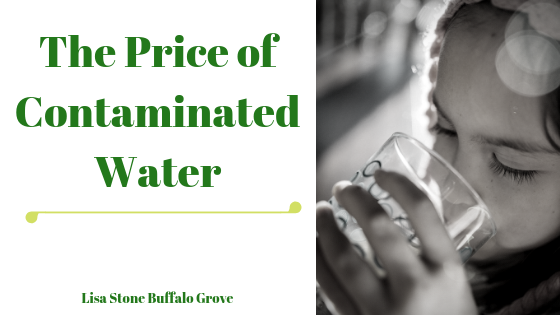Water pollution and contaminated drinking water have been a frequent topic on the news lately, with more and more towns becoming victim to unsafe drinking water. Years after the Flint Water Crisis first emerged, pipes are still being fixed to rebuild the community. Relying on $167 million from state and federal sources to replace lead pipes and aging infrastructure, more than 7,600 lead pipes have been swapped out for safer, copper pipes. However, progress has come to a slow down this year due to soaring costs. Funding to fix contaminated water can be challenging to receive and execute, as multiple parties need to come together in agreement for important resolutions.
In 2018, an Environmental Protection Agency report found that nearly one-third of the nations public water systems had at least one violation of the Safe Drinking Water Act. A federal law that protects public drinking water supplies throughout the nation, the Safe Drinking Water Act sets standards for water quality across our nation. With violations in the act increasingly occurring across our country, it’s vital to understand what is causing water contamination and what steps need to be taken to prevent and treat poor drinking water.
Contaminated drinking water can have serious effects on public health. Water quality is becoming a frequent issue, especially in rural and small towns. Often, aging infrastructure is to blame along with inaccurate reporting from communities. The problem arises when funding is needed to fix pipes, underground facilities, and infrastructures. Over the next 20 years, an estimated $132.3 billion is needed to repair small water systems throughout America. The federal government, local leadership, and Congress all need to work together to develop a financial plan to fix the root causes of the contaminated water in our country created through aging infrastructures.
Another source of drinking water pollution occurs from groundwater contamination. Groundwater can become contaminated in a number of ways and is almost always caused by human activity. Groundwater has the potential to become contaminated any time a chemical or waste is released into the environment. This occurs through improper disposal of hazardous waste, landfills, septic systems, use of pesticides and fertilizers, chemical spills, and more. Often, groundwater moves slowly, making it difficult to detect contamination. Because of this, water quality and water supply can be hugely impacted. Cleanup can be extremely difficult and if undertaken, can cost thousands to millions of dollars.
Water contamination is a serious issue that can significantly affect our health and impact our environment. While multiple regulations have been developed to protect drinking water and groundwater, issues still arise. It is up to local communities, state and federal governments to acknowledge, be truthful, and fund water contamination in our towns across the country.
